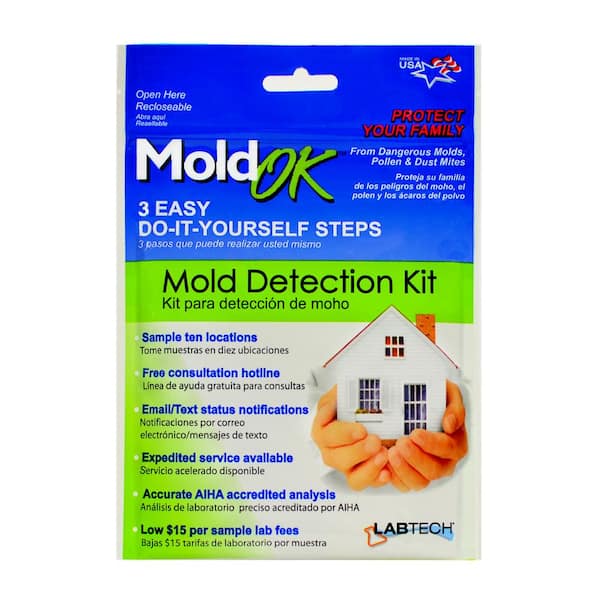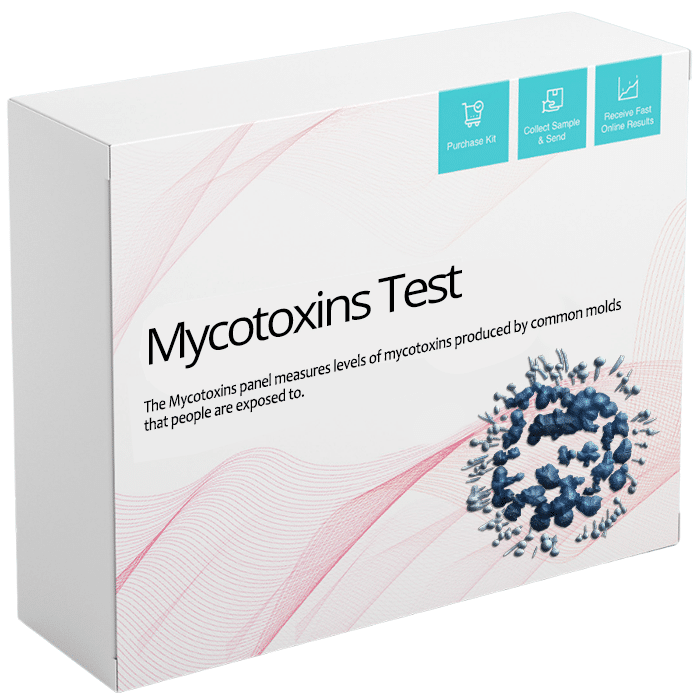Mycotoxin testing Services: A Secret Component in Danger Monitoring Techniques
Exactly How Mycotoxin Screening Assists Protect Against Contamination and Guard Food Materials

Mycotoxin testing is an indispensable technique in the food sector, acting as a frontline protection against contamination by unsafe toxic substances created by mold and mildews. Via the application of sophisticated methods like High-Performance Liquid Chromatography (HPLC) and Fluid Chromatography-Mass Spectrometry (LC-MS), food producers can precisely measure and identify mycotoxin levels in agricultural items. This aggressive method not only ensures conformity with strict security policies yet also alleviates health dangers to customers. Moreover, normal testing strengthens brand name reputation and financial wellness by minimizing contamination-related incidents. So, exactly how exactly do these screening protocols incorporate right into the wider food safety and security technique?
Comprehending Mycotoxins
Comprehending mycotoxins begins with recognizing that they are harmful additional metabolites generated by certain mold and mildews, which can pollute farming products. These metabolites are not vital for the growth or recreation of the fungis yet can have extreme implications for human and animal health and wellness. Mycotoxins are typically found in staple crops such as corn, wheat, barley, and nuts, where they can multiply under specific problems of wetness and temperature level.
There are several kinds of mycotoxins, each generated by different fungal varieties. Fusarium species produce trichothecenes and fumonisins, both of which are connected with numerous intense and persistent health and wellness problems.

Risks of Mycotoxin Contamination
The risks of mycotoxin contamination are diverse, posing significant dangers to both food safety and security and public wellness. Mycotoxins, hazardous compounds generated by certain kinds of fungis, can contaminate a wide variety of farming items including grains, nuts, spices, dried fruits, and coffee. Once these toxic substances infiltrate the food supply, they can cause severe health and wellness issues such as liver damages, kidney failing, and even cancer. Susceptible populaces, consisting of kids, the senior, and immunocompromised individuals, are especially in danger.
Economic impacts are another significant issue. Infected plants can lead to significant financial losses for farmers and food producers as a result of reduced returns and the demand for expensive decontamination steps. International trade can be dramatically hindered as countries impose rigorous mycotoxin guidelines to secure their populations, leading to declined shipments and strained profession connections.
Ecological aspects such as environment adjustment intensify the danger of mycotoxin contamination. Variations in temperature and humidity can produce favorable conditions for fungal development, raising the probability of contamination events. Hence, understanding and alleviating these dangers are crucial for making certain the security and honesty of worldwide food materials.
Techniques of Mycotoxin Testing
Properly identifying mycotoxin contamination in agricultural items is essential for securing public health and wellness and maintaining food security standards. Various techniques are utilized to discover and evaluate mycotoxins, each offering details advantages and restrictions.
High-Performance Liquid Chromatography (HPLC) is a commonly utilized approach as a result of its high sensitivity and accuracy. It entails dividing mycotoxins from various other compounds in a sample, enabling accurate quantification. Similarly, Liquid Chromatography-Mass Spectrometry (LC-MS) integrates fluid chromatography with mass spectrometry to give thorough molecular information, making it particularly helpful for recognizing numerous mycotoxins at the same time - Mycotoxin testing Services.

Gas Chromatography-Mass Spectrometry (GC-MS) and Thin-Layer Chromatography (TENDER LOVING CARE) are likewise utilized, each with one-of-a-kind applications. GC-MS is efficient for unpredictable mycotoxins, while tender loving care provides a simpler, economical option for preliminary testing.
Benefits of Normal Evaluating
Routine testing for mycotoxins in farming items uses many advantages, dramatically adding to public health and food safety and security. By determining contamination early, regular screening aids avoid the distribution of harmful foods, thereby lowering the danger of mycotoxin-related illnesses amongst consumers. This proactive technique not only safeguards human health and wellness but likewise improves the total top quality of food materials.
Regular testing additionally supports regulatory compliance. Various nations and regions have developed rigid restrictions for mycotoxin degrees in food and feed. Complying with these limits via routine testing guarantees that producers and providers satisfy lawful requirements, therefore avoiding fines and trade barriers. Additionally, keeping conformity cultivates consumer trust fund and brand name credibility, which are important for market success.
In addition, normal mycotoxin testing can bring about substantial economic advantages. Early detection of contamination permits for prompt treatment, minimizing possible losses from prevalent contamination. Implementing normal testing protocols can likewise reduce recall prices and relevant liabilities, which can be monetarily ravaging.
Furthermore, regular screening offers useful information that can educate much better farming practices and storage problems. By understanding patterns of contamination, producers can embrace preventive steps, thereby contributing and decreasing future threats to the sustainability of the food supply chain.
Applying Evaluating Methods
Implementing effective mycotoxin testing protocols is important for making sure the safety and top quality of agricultural items. Establishing a robust screening structure entails several crucial steps, starting with the identification of potential contamination factors within the production and supply chain. This includes pre-harvest, post-harvest, more info here storage, and distribution stages. Each phase should be inspected to identify where mycotoxin contamination is probably to take place.
As soon as important control points are identified, choosing suitable testing methods is important. Common techniques include enzyme-linked immunosorbent assay (ELISA), high-performance fluid chromatography (HPLC), and mass spectrometry (MS) Each approach has its weaknesses and strengths; therefore, choosing the correct one depends on the specific mycotoxin being evaluated, the called for sensitivity, and offered resources.

Finally, integrating the screening protocols right here into an extensive food security management system is advisable. This boosts traceability and allows swift restorative actions when contamination is found, thereby protecting the stability of the food supply chain.
Conclusion
Mycotoxin screening is necessary in protecting against contamination and safeguarding food materials by making it possible for early detection of unsafe contaminants created by mold and mildews in agricultural items. Advanced approaches such as HPLC and LC-MS ensure conformity with safety and security laws and protect customers from health threats. Routine screening boosts brand track record, monetary stability, and trust fund in food security by decreasing contamination-related losses and maintaining high standards in food manufacturing. Executing strenuous screening procedures is therefore critical for the industry's overall wellness.
Mycotoxin screening is an important technique in the food sector, offering as a frontline protection against contamination by hazardous contaminants generated by molds. An integrated strategy entailing farming techniques, storage space management, and regular testing can minimize the threats associated with mycotoxin contamination, guaranteeing food safety and public health and wellness.
The threats of mycotoxin contamination are diverse, posing significant risks to both food safety and public health.Routine testing for mycotoxins in agricultural items uses various advantages, considerably contributing to public health and food safety and helpful resources security.Mycotoxin testing is crucial in avoiding contamination and guarding food materials by enabling very early detection of damaging toxic substances produced by molds in farming products.